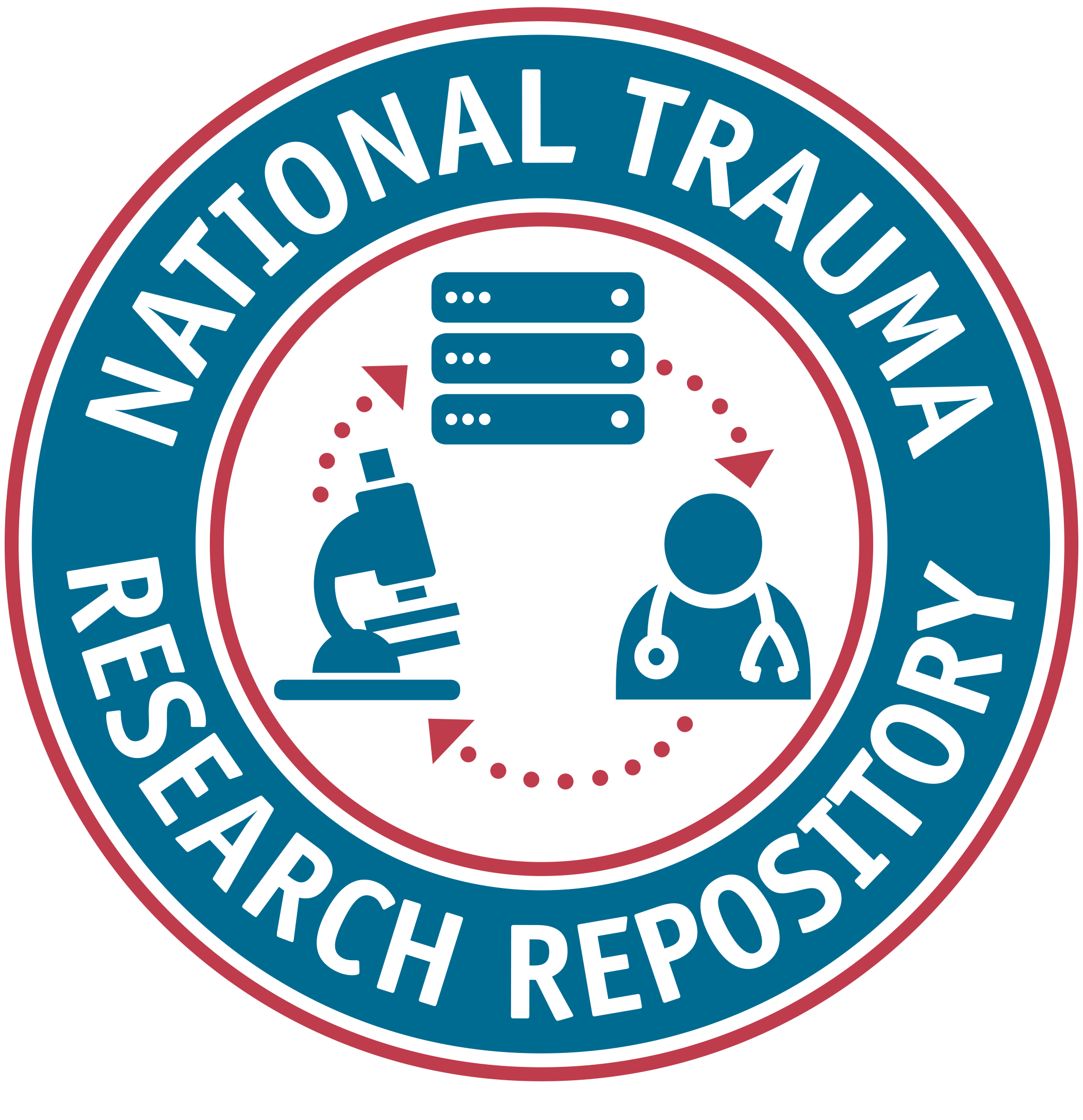Listed below are the details for the data element.
FITBIR
1.0
Element Type
Common Data Element
NIH Toolbox Motor Domain Balance Measure Standing Balance Test - Able to hold position for 50 seconds indicator
NIHTBSBAbleHoldPostin50SecInd
Short Description
Indicator of ability to hold position for 50 seconds, as part of the NIH Toolbox Motor Domain Balance Measure Standing Balance Test
Definition
Indicator of ability to hold position for 50 seconds, as part of the NIH Toolbox Motor Domain Balance Measure Standing Balance Test
Notes
The NIH Toolbox Standing Balance Test is a measure developed to assess static standing balance for ages 3-85 years. It involves the participant assuming and maintaining up to five poses for 50 seconds each. The sequence of poses is: eyes open on a solid surface, eyes closed on solid surface, eyes open on foam surface, eyes closed on foam surface, and eyes open in tandem stance on solid surface. Detailed stopping rules are in place to ensure participant safety with these progressively demanding poses. Postural sway is recorded for each pose using an accelerometer that the participant wears at waist level. This test takes approximately seven minutes to administer and is recommended for ages 3-85. This test is part of the NIH Toolbox Motor Domain Balance Measure.
Creation Date
2016-06-03
Historical Notes
Standing Balance Test
References
http://www.nihtoolbox.org/WhatAndWhy/Motor/Balance/Pages/Balance.aspx
Data Type
Alphanumeric
Input Restrictions
Single Pre-Defined Value Selected
Population
Adult and Pediatric
Guidelines/Instructions
Test scores are based on IRTs Graded Response Model item calibration and score estimation processes. The normalized path length scores from the continuous anterior-posterior (AP) sway values are recoded into a 5-point ordinal scale, with higher values representing better balance and less sway (i.e., AP sway 0-.005 = 5, > .005-.015 = 4, > .015-.025 = 3, > .025-.045 = 2, > .045 = 1). A second trial per condition is administered if the first trial is failed (e.g., an examinee could not hold the testing position for the required length of testing time). Failed trials and conditions and subsequent skipped conditions are given an ordinal rating of 1, representing the lowest possible balance performance.
Preferred Question Text
Pose 1-4
Category Groups and Classifications
| Disease | Domain | Sub-Domain |
|---|---|---|
| Traumatic Brain Injury | Outcomes and End Points | Physical Function |
| General (For all diseases) | Assessments and Examinations | Physical/Neurological Examination |
Classification
Traumatic Brain Injury:
Supplemental
Moderate/Severe TBI: Rehabilitation
Concussion/Mild TBI
Acute Hospitalized
Epidemiology
General (For all diseases):
Supplemental
Keywords
Standing_Balance_Test
Motor
Balance
NIH_Toolbox
Labels





